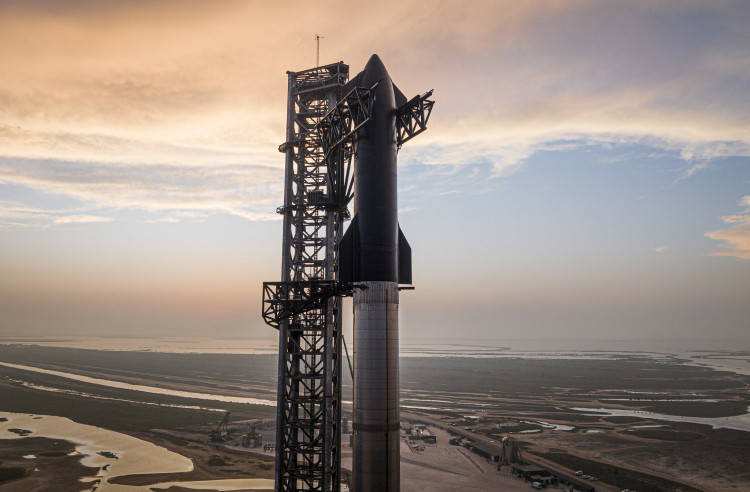SpaceX successfully launched its Starship megarocket on an uncrewed test flight on Thursday, marking several key milestones for the first time. The nearly 400-foot rocket, the most powerful booster ever developed, aims to make space missions more efficient through full reusability. This achievement is expected to play a crucial role in NASA's Artemis program, which plans to return humans to the moon and eventually venture to Mars.
The spacecraft lifted off at 8:50 a.m. ET from SpaceX's Starbase launch site in Boca Chica, Texas. This flight was Starship's fourth test but the first to complete the journey from liftoff to splashdown without a catastrophic failure. While the extent of the vehicle's survival through re-entry remains unclear, the test marked several significant advancements.
"Congratulations @SpaceX team on an epic achievement," Elon Musk, SpaceX's founder and CEO, celebrated on X, the social media platform he also owns.
The successful flight demonstrated that both the Starship spacecraft and its first-stage booster, known as Super Heavy, can endure the intense heat and pressure of re-entry and perform a controlled splashdown. Less than 10 minutes after liftoff, Super Heavy executed its first successful landing burn and splashed down in the Gulf of Mexico. Starship, after cruising in orbit for approximately 40 minutes, re-entered Earth's atmosphere and completed a landing burn before splashing down in the Indian Ocean.
Live camera views from Starship showed debris and damage before splashdown, but SpaceX deemed the mission a success. This accomplishment contrasts with previous test flights that ended in fiery crashes or breakup during re-entry.
"Despite the loss of many tiles and a damaged flap, Starship made it all the way to a soft landing in the ocean!" Musk noted, highlighting the significance of this test flight.
This milestone comes at a time when SpaceX is expanding its role in commercial space ventures. On Wednesday, NASA disclosed a helium leak onboard Boeing's Starliner capsule, which had launched on its first crewed test flight to the International Space Station. NASA has partnered with both SpaceX and Boeing to advance human space exploration, relying on them for missions to low Earth orbit and beyond.
Since its collaboration with NASA, SpaceX has become a cornerstone of the next-generation commercial space industry. The company has launched over 50 humans into space using its Falcon rockets and Dragon capsules and has pioneered the Starlink satellite constellation, revolutionizing global communications.
Starship's development is integral to NASA's Artemis program, which aims to return humans to the moon for the first time since 1972 and to Mars before the end of the next decade. NASA selected Starship as its preferred lander for the Artemis missions, with Artemis III set to land four astronauts, including the first woman, on the lunar surface. This mission has been delayed until at least September 2026.
The successful Starship test flight demonstrates significant progress in achieving these ambitious goals. The flight showcased the rocket's capabilities, reinforcing SpaceX's position as a leader in space exploration. As Musk's ventures continue to expand, the advancements in reusable rocket technology promise to lower costs and increase the frequency of space missions.
Despite its successes, SpaceX has faced challenges, including controversy over its Starlink satellites, which have been accused of aiding Russia in its military operations in Ukraine. However, the company's achievements in space exploration and satellite communications underscore its pivotal role in the future of space travel.





